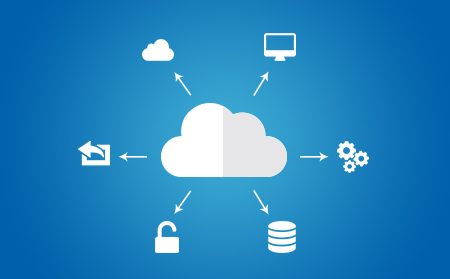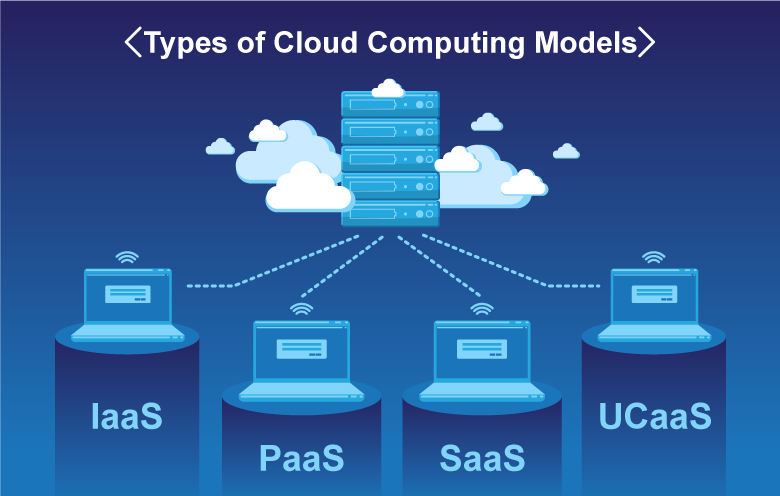Secure and Efficient: Making The Most Of Cloud Providers Advantage
In the fast-evolving landscape of cloud services, the junction of safety and security and effectiveness stands as a crucial time for organizations seeking to harness the complete possibility of cloud computing. The balance in between safeguarding data and making sure structured operations needs a calculated approach that requires a much deeper expedition right into the intricate layers of cloud solution monitoring.
Data Security Ideal Practices
When implementing cloud services, employing robust information security ideal techniques is extremely important to guard delicate details successfully. Information file encryption includes encoding information as if only authorized events can access it, making certain discretion and protection. Among the essential finest methods is to use solid file encryption formulas, such as AES (Advanced File Encryption Criterion) with tricks of adequate length to safeguard data both en route and at rest.
Furthermore, applying proper vital monitoring approaches is necessary to preserve the security of encrypted information. This consists of firmly generating, storing, and turning security secrets to prevent unauthorized access. It is likewise vital to encrypt data not just during storage space however additionally throughout transmission in between users and the cloud company to prevent interception by harmful actors.

Resource Allocation Optimization
To maximize the benefits of cloud services, organizations need to concentrate on optimizing source appropriation for effective operations and cost-effectiveness. Resource allotment optimization includes tactically dispersing computing resources such as refining storage space, network, and power transmission capacity to meet the differing needs of work and applications. By implementing automated source allotment systems, organizations can dynamically change source circulation based upon real-time requirements, making certain ideal performance without unnecessary under or over-provisioning.
Effective resource allotment optimization results in improved scalability, as resources can be scaled up or down based on usage patterns, leading to improved adaptability and responsiveness to transforming organization requirements. Moreover, by accurately lining up resources with workload demands, organizations can decrease operational costs by eliminating wastage and optimizing application performance. This optimization also boosts total system integrity and strength by protecting against source bottlenecks and making certain that vital applications get the required resources to operate smoothly. In conclusion, source allotment optimization is important for companies wanting to leverage cloud solutions efficiently and firmly.
Multi-factor Authentication Execution
Carrying out multi-factor verification boosts the security posture of organizations by needing extra confirmation actions past simply a password. This included layer of protection significantly decreases the danger of unauthorized access to sensitive information and systems.
Organizations can pick from numerous methods of multi-factor authentication, including SMS codes, biometric scans, equipment symbols, or verification applications. Each approach offers its own level of safety and security and benefit, enabling services to pick one of the most ideal option based on their distinct requirements and resources.
Moreover, multi-factor verification is crucial in safeguarding remote access to cloud solutions. With the raising trend of remote work, guaranteeing that just accredited employees can access critical systems and data is critical. By carrying out multi-factor verification, companies can strengthen their defenses versus possible security breaches and data burglary.

Catastrophe Healing Preparation Approaches
In today's electronic landscape, reliable calamity recuperation preparation approaches are essential for organizations to mitigate the impact of unexpected disruptions on their information and operations integrity. A durable catastrophe recovery strategy requires determining potential risks, examining their potential impact, and executing proactive measures to ensure business connection. One crucial element of catastrophe healing preparation is developing backups of critical information and systems, both on-site and in the cloud, to make it possible for quick repair in case of an incident.
Moreover, companies must carry out regular screening and simulations of their calamity healing procedures to recognize any type of weaknesses and improve feedback times. It is likewise essential to establish clear interaction methods and assign responsible people or teams to lead recuperation initiatives during a situation. Furthermore, leveraging cloud services for calamity recovery can give scalability, adaptability, and cost-efficiency compared to typical on-premises services. By focusing on catastrophe recuperation planning, companies can minimize downtime, secure their reputation, and preserve functional resilience despite unexpected occasions.
Efficiency Checking Devices
Performance monitoring devices play a crucial function in supplying real-time understandings right into the health and effectiveness of an organization's applications and systems. These devices make it possible for businesses to track different performance metrics, such as action times, source application, and throughput, permitting them to identify bottlenecks or potential issues proactively. By constantly keeping an eye on crucial efficiency indications, companies can make certain optimal efficiency, identify trends, and make notified decisions to improve their general operational efficiency.
Another commonly used device is Zabbix, using monitoring capacities for networks, servers, virtual makers, and cloud services. Zabbix's straightforward interface and customizable functions make it a valuable possession for organizations seeking durable performance tracking remedies.
Final Thought

In the fast-evolving landscape of cloud services, the intersection of safety and security and effectiveness stands as an important time for companies seeking to harness the full capacity of cloud computer. The equilibrium between protecting data and making sure structured procedures requires a tactical technique that demands a much deeper expedition into the intricate layers of cloud solution administration.
When carrying out cloud solutions, utilizing robust data file encryption best practices is critical to safeguard sensitive details effectively.To maximize the advantages of cloud universal cloud Service services, organizations should concentrate on enhancing resource allocation for effective procedures and cost-effectiveness - universal cloud Service. In conclusion, resource allowance optimization is necessary for companies looking to take advantage of cloud services successfully and firmly